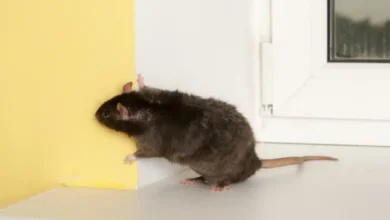How to Attract & Sustain Local Wildlife Populations: Landscaping for Wildlife
If you’re a nature enthusiast looking to create a backyard wildlife sanctuary, landscaping with the right trees and shrubs is one of the most effective ways to attract and sustain a thriving local wildlife population. Read on to learn more about the best trees and shrubs for attracting birds, bees, butterflies, and other forms of beloved wildlife, planted by Wildtree.co Customer Service.
Trees that Attract Birds
Birds are one of the most beloved forms of wildlife in North America, so it’s no wonder many people want them flocking around their backyards. By planting bird-friendly trees like Oaks, Maples, Hawthorns, Willows, and Pines—all of which produce nutritious berries—you can provide your feathered friends with an abundant food source. Additionally, these species also offer protection from predators while they’re nesting or roosting.
Shrubs that Attract Bees & Butterflies
When it comes to pollinators like bees and butterflies, flowering plants are essential for their survival—and lucky for us gardeners, there is no shortage of flowering shrubs!
From Butterfly Bush to Beautyberry to Hydrangea to Redtwig Dogwood, there are plenty of options when it comes to adding color and life to your backyard while providing essential nourishment for these beloved creatures.
Be sure to choose a variety of species with different bloom cycles so that your garden remains attractive throughout the year.
Gardening Practices That Help Sustain Wildlife Populations
As important as it is to choose the right plants to encourage local wildlife populations, it’s just as important (if not more so) to practice eco-friendly gardening techniques throughout their lifespan.
- One way you can do this is by using organic pesticides instead of chemical treatments whenever possible; this will help ensure that any berries or nectar produced by your plants remain safe for consumption.
- Additionally, make sure you provide plenty of water sources by placing birdbaths near your plants or installing a small water feature; this will keep them hydrated during dry periods.
Conclusion:
Landscaping is an integral part of creating a backyard sanctuary that attracts and sustains local wildlife populations.
By choosing trees like Oaks, Maples, and Pines that produce nutritious berries, planting flowering shrubs like Butterfly Bush or Hydrangea, and practicing eco-friendly gardening techniques such as using organic pesticides or providing nearby water sources—you can help create a healthy environment where birds, bees and butterflies can thrive!
With the right combination of knowledge and effort, you can create a backyard paradise for our lovable, furry friends in no time!



